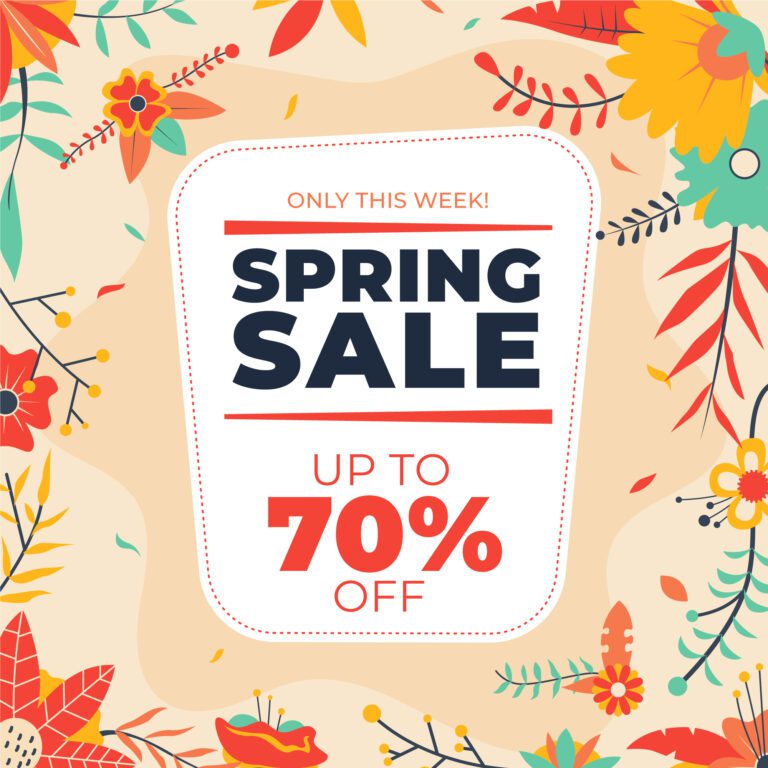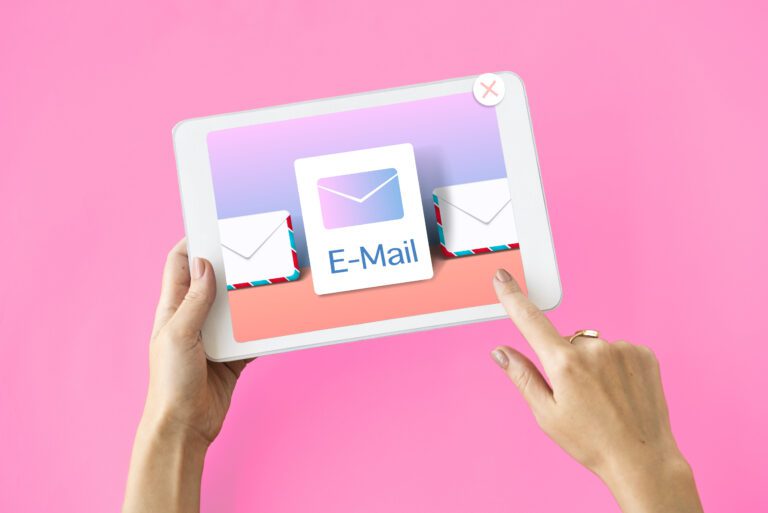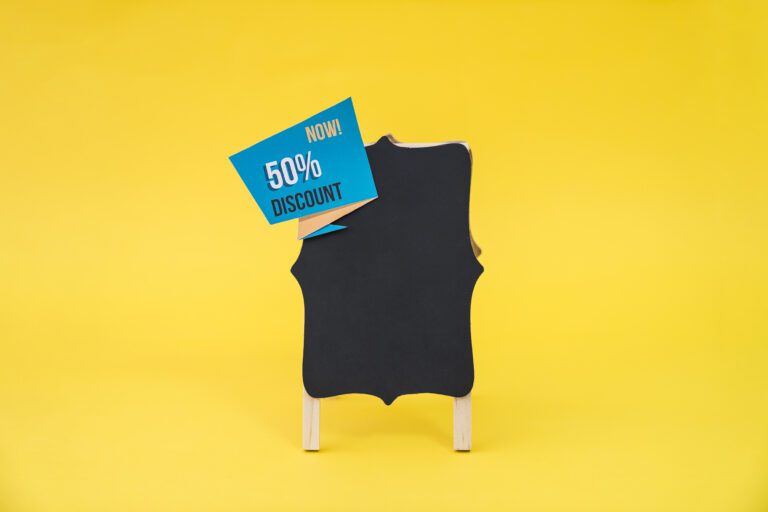9 Convincing Headlines for Email Popups

I hope you enjoy this blog post. If you want Hello Bar to grow your leads, click here.
Author:
Mansi
Published
September 16, 2025

Table of Contents
Headlines are the first thing people see in a popup. If the headline isn’t strong, the rest of the message doesn’t matter. Visitors will just close it. That’s why headlines are worth the most attention.
The good thing? Writing better headlines isn’t about being clever or sounding creative. It’s about being clear, direct, and relevant. People don’t sign up because you wrote something witty. They sign up because the headline made them feel the email would actually give them something useful.
Here are nine types of headlines for email popups that work in real situations, plus why they work and how you can adapt them.
1. “Don’t Miss the Next Deal”
This one works because it leans on fear of missing out. Visitors don’t like the idea of someone else getting an offer they didn’t.
If you run promotions regularly, this headline is simple and effective. It sets the expectation: “Sign up, or you’ll miss something valuable.”
For example:
- An online clothing store might say: “Don’t Miss the Next Sale Drop.”
- A food delivery service might say: “Don’t Miss the Next Free Delivery Weekend.”
Notice how it doesn’t try to oversell. It just frames the cost of not signing up. That’s why it’s one of the strongest headlines for email popups if your business runs offers consistently.
2. “Want a Chance to Win?”
Giveaways still work. They give people a low-effort reason to hand over their email. But the key is to be specific.
“Want a Chance to Win?” by itself is too vague. Pair it with what they could actually win.
- “Want a Chance to Win a $50 Gift Card?”
- “Want a Chance to Win a Free Yoga Mat?”
The win doesn’t need to be huge. Even small rewards get attention as long as they’re relevant. If you run a bookstore, don’t give away an iPad. Give away a stack of books. That way the people signing up are actually your audience, not random freebie hunters.
As headlines for email popups, giveaway-focused ones are best when you want a spike in subscribers quickly, but you’ll also attract people who might not stick around long-term. So pair it with quality content in your emails so they don’t all disappear after the contest.
3. “Get Weekly Tips Only Subscribers See”
Exclusivity is one of the most reliable levers in marketing. People like access to something others don’t get.
This headline works because it makes the email sound like an insider channel. It promises content that isn’t on your blog, social media, or anywhere else.
- “Get Weekly Investing Tips Only Subscribers See.”
- “Get Recipes We Only Share with Subscribers.”
The phrase “only subscribers” is what makes it powerful. It signals scarcity and value. That’s why it’s one of the most dependable headlines for email popups if your main selling point is expertise or information.
The catch? You actually have to follow through. If someone signs up and the content feels the same as your public posts, they’ll unsubscribe.
4. “Love Your [Product/Topic]?”
Questions are a simple way to grab attention, and this one frames it around something people already care about.
For example:
- A coffee shop: “Love Your Morning Coffee?”
- A skincare brand: “Love Your Skincare Routine?”
- A software tool: “Love Your Productivity Hacks?”
This kind of headline works as a filter. The people who don’t care will ignore it. The people who do care will stop and pay attention.
When you build headlines for email popups around shared interests, you’re not shouting at everyone. You’re targeting the people most likely to value what you send later.
5. “Be the First to Know”
This one appeals to status. People want to feel ahead of the curve.
It’s one of the oldest but still most effective headlines for email popups because it offers a clear advantage: early access.
- “Be the First to Know About New Shoes.”
- “Be the First to Know About Ticket Drops.”
- “Be the First to Know About New Courses.”
The key is not to overuse it. If every email is pitched as “exclusive,” people stop believing you. Use this headline if you genuinely have launches, drops, or events where timing matters.
It’s best for retail, events, or limited offers where people gain something by being early.
6. “Want [Benefit]?”
Direct questions cut through noise. This headline works because it frames the value as a benefit instead of just a product.
Examples:
- “Want Free Shipping?”
- “Want Clearer Skin?”
- “Want Better Focus at Work?”
It’s not asking for attention. It’s offering a result.
When you write headlines for email popups like this, always tie the benefit to something specific your email actually delivers. If your emails don’t provide that benefit, you’ll lose trust quickly.
7. “We Help [Audience] Like You”

This headline feels personal because it’s written to a specific group. It tells them, “We see you, and we know what you care about.”
Examples:
- “We Help Freelancers Like You Earn More.”
- “We Help Parents Like You Save Time on Meals.”
- “We Help Small Businesses Like Yours Grow Online.”
That’s the power of specificity. Instead of blasting the same message at everyone, you show that your emails are meant for a clear type of person.
It’s one of the more targeted headlines for email popups, and it usually leads to higher-quality subscribers because it repels the people outside your audience.
8. “Join [Community/Group] and Improve [Thing]”
This mixes belonging with self-improvement. People want both.
Examples:
- “Join 15,000 Marketers and Improve Your Campaigns.”
- “Join Our Running Group and Get Faster Training Tips.”
- “Join 5,000 Readers and Learn Smarter Habits.”
This works because it shows social proof (other people are already in) and adds a clear outcome.
Among all headlines for email popups, this one has one of the strongest pulls if your audience values community or shared identity. But don’t fake numbers—if you say “10,000 subscribers” and it’s really 200, that dishonesty will hurt you later.
9. “Subscribe for [Specific Perk]”
Generic “Subscribe to Our Newsletter” headlines are useless because nobody knows what they’re subscribing to. This headline fixes that by making the perk explicit.
- “Subscribe for Weekly Discount Codes.”
- “Subscribe for Free Templates.”
- “Subscribe for Insider Event Access.”
The word “subscribe” isn’t exciting, but pairing it with a clear perk makes it worthwhile.
That’s why this is one of the most practical headlines for email popups. It’s not fancy, but it sets a clear expectation.
Also read our article on Email Popups – 13 Best Practices to Insanely Grow Your Conversions
Why These Work Better Than Generic Headlines
If you look at all nine, they share a pattern:
- They’re short and easy to read.
- They say what’s in it for the visitor.
- They feel real instead of polished or salesy.
Compare that to generic headlines for email popups like:
- “Sign Up Now.”
- “Subscribe to Our Newsletter.”
- “Stay Updated.”
Those fail because they don’t tell anyone why they should bother.
The nine examples above work because they give a reason in plain English.
Don’t Forget to Test
Even with strong ideas, don’t assume you know which one will work best for your site. Test them.
Run an A/B test:
- Version A: “Don’t Miss the Next Deal.”
- Version B: “Be the First to Know.”
Measure which one gets more signups. Keep the winner. Test again with another variation. That’s how you’ll know which headlines for email popups actually pull their weight with your audience.
Conclusion
Good headlines don’t need to be clever. They need to be clear, specific, and tied to something people care about. If your popup headline makes someone stop for even a second, you’ve got a chance at their email. That’s the real job of headlines for email popups.






